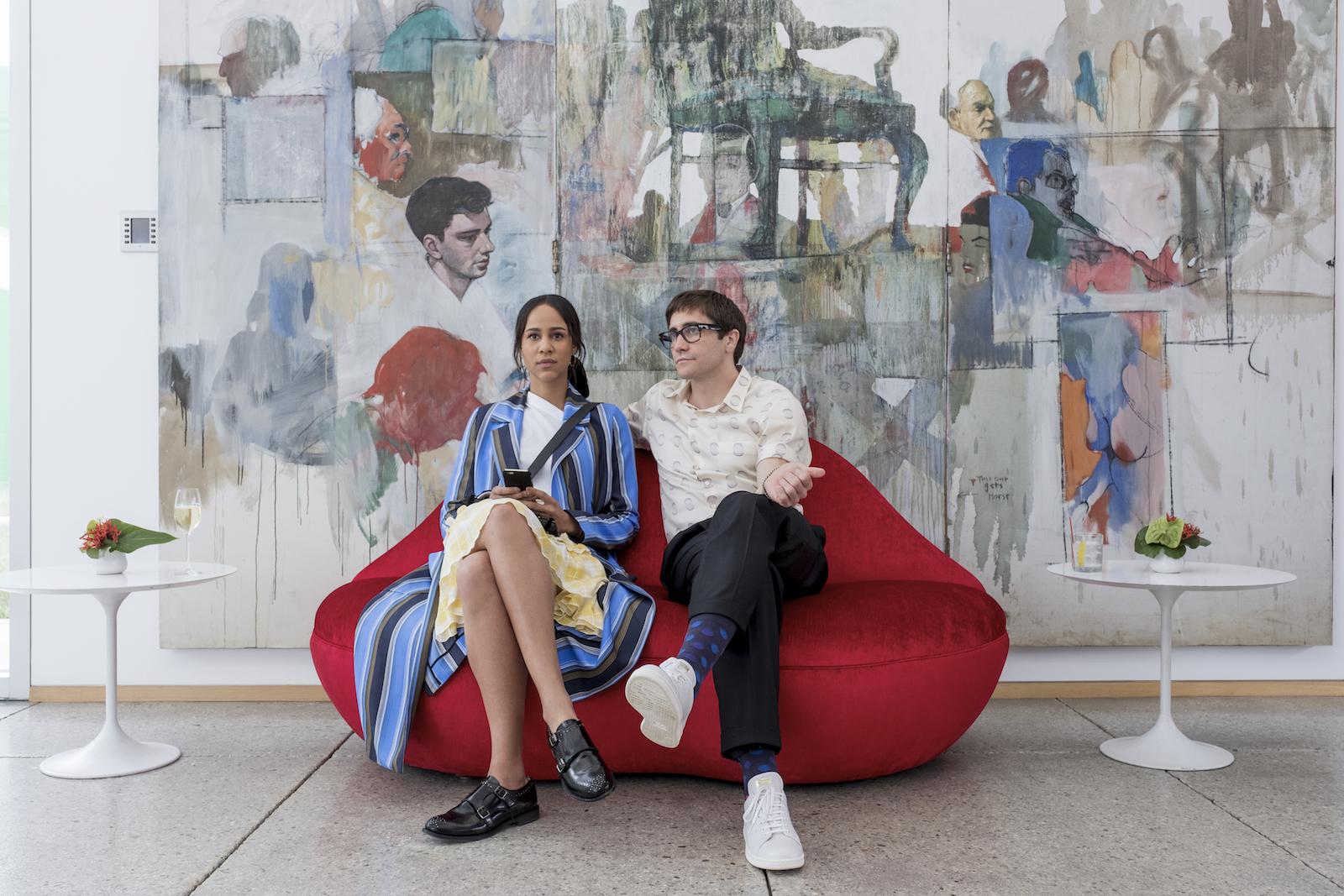
Art Industry News is a daily digest of the most consequential developments coming out of the art world and art market. Here’s what you need to know this Tuesday, February 26.
NEED-TO-READ
Oskar Schindler’s Czech Factory Will Become a Museum – An abandoned factory where Oskar Schindler sheltered his Jewish workforce during the Holocaust will be turned into a museum and cultural center. The industrialist moved production to a tin and enamelware factory in the Czech Republic after he was told his Polish factory would have to be shut down. (That building is already a museum in Krakow.) A descendant of the original owners of the Czech factory and director of the Ark Foundation, Daniel Low-Beer, says the museum will be called Schindler’s Ark. “It’s an opportunity to make a little piece of history here both in keeping an important memory alive and also working with the local population to improve their lives,” he says. (Daily Mail)
Rhizome Chief on Saving Net Art – Rhizome’s artistic director Michael Connor believes “net art” should not be ephemeral. In an interview with the Recode Decode podcast, he explains that the digital organization behind the New Museum’s exhibition “The Art Happens Here” is pioneering what is called “emulation.” By preserving software to recreate the experience of using an obsolete operating system or web browser, Rhizome will be able to present works in its archive as its maker intended. (Recode)
Art-World Men Are Now Style Icons – GQ takes a deep dive into “art guy clothes” as the style gets its turn in the spotlight. Actor Jake Gyllenhaal has been rocking the look post-Velvet Buzzsaw, while gallerists with celebrity girlfriends—Lucas Zwirner and Cooke Maroney—are finding their way into paparazzi shots. So what is the art guy wardrobe? “Art guy clothes aren’t clothes that artists wear, necessarily; there’s nothing starving about the energy of these pieces,” GQ explains. “In short: wearing art guy clothes let you look like a rich guy, but not like a chump.” (GQ)
Barbara Hammer Wants to Die With Dignity – The 79-year-old artist, who has been living with cancer for the past 13 years, gave an “exit interview” at her home in the West Village. Hammer speaks about her journey to becoming an artist, discovering she was a lesbian in her 30s, and how her work was influenced by the human rights struggles introduced to her by her spouse, Florrie Burke. She wishes New York had passed a right-to-die law so that she could go on her own terms, but is documenting the “demise” of her body for her work in the meantime. “That’s the biggest taboo that we don’t look at,” Hammer says. As to what she is curious about not living to see, she says, “I hate to say the Presidential election, but, God damn, when do we get rid of him?” (The New Yorker)
ART MARKET
Galleries Team Up With Selfridges Store – The London department store has recruited blue-chip galleries including Gagosian and Pace to collaborate on a temporary art store that sells one-off works, limited editions, and merchandise ranging from $2.50 pencils to unique artworks by the likes of Douglas Gordon and Michal Rovner. The art, which is priced up to $330,100, is clearly priced like any other merchandise. (The Art Newspaper)
ARCO’s Exhibitor Selection Process Under Fire – The Spanish art fair has appealed a judge’s decision, issued in November, that its decision-making process for selecting exhibitors is unequal and opaque. Ramón García Alcaraz of the Madrid-based gallery My Name’s Lolita Art filed the lawsuit after his gallery was excluded from the 2016 fair. The court concluded that ARCO did not provide applicants with enough information to determine whether their projects had been judged fairly. (ARTnews)
COMINGS & GOINGS
African Curator Bisi Silva Has Died at 56 – The dynamic Nigerian curator and founder of the Center for Contemporary Art in Lagos has died of breast cancer. As part of her mission to champion the work of African artists at home and abroad, she self-funded monthlong, pop-up “art schools” to bring together African artists and curators. Finding government-funded institutions “moribund,” she said that to raise international awareness of African art, “you have to do it yourself.” (New York Times)
Pioneering Art Historian Jack Burnham Has Died – One of the first critics to write about systems-based art has died at age 87. A theorist, critic, and later university professor, Burnham first became interested in artificial intelligence and computers as a fellow at MIT in the late 1960s. He also studied ecological art, predicting that sculpture would “eventually simulate living systems.” (Artforum)
New York Review of Books Launches Culture Writing Prize – The New York Review of Books has announced the Silvers-Dudley Prizes for writing. Named after the magazine’s co-founder, Robert Silver, and his partner, Lady Grace Dudley, there are three awards for journalism, criticism, and writing on European culture. The prizes are $30,000 each for writers over 40 and $15,000 each for those under 40. (Press release)
Magnum Photos CEO Steps Down – David Kogan is stepping down as CEO of the famed photography agency. Over the past four years, Kogan oversaw the rapid expansion of Magnum Photos’ digital presence, and helped make the cooperative more financially stable. (Press release)
FOR ART’S SAKE
Iraqi Collector Opens His Home as a Museum – An 80-year-old retired teacher has turned his home in the city of Najaf into a private museum, although it is too small to welcome many visitors. Sheikh Yousif Akar ultimately hopes his collection of antiques will be preserved by the Iraqi state. (Reuters)
Lubaina Himid’s Jelly Mold Pavilion Is Now Permanent – The Turner Prize-winning artist’s pavilion, a comment on the sugar trade and slavery, will become a permanent public artwork on the beach in Folkestone, Kent. It is one of 15 works commissioned for the 2017 Folkestone Triennial with planning permission to stay put. (Press release)